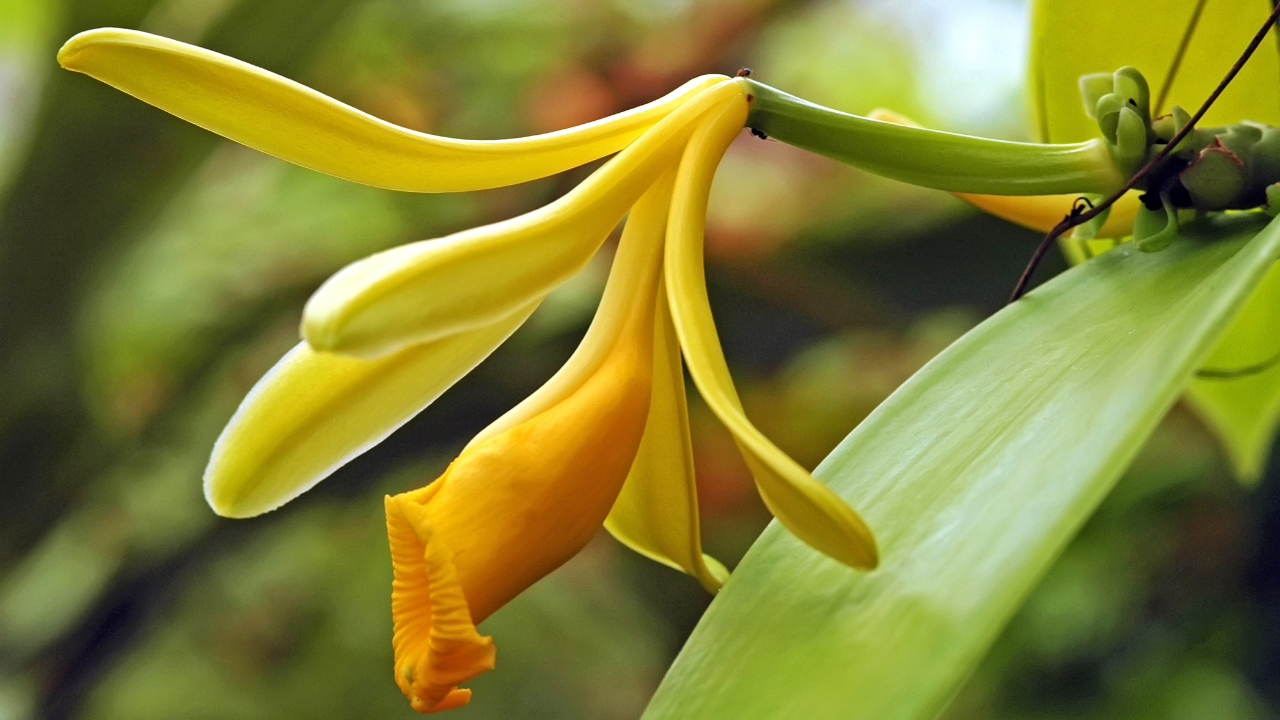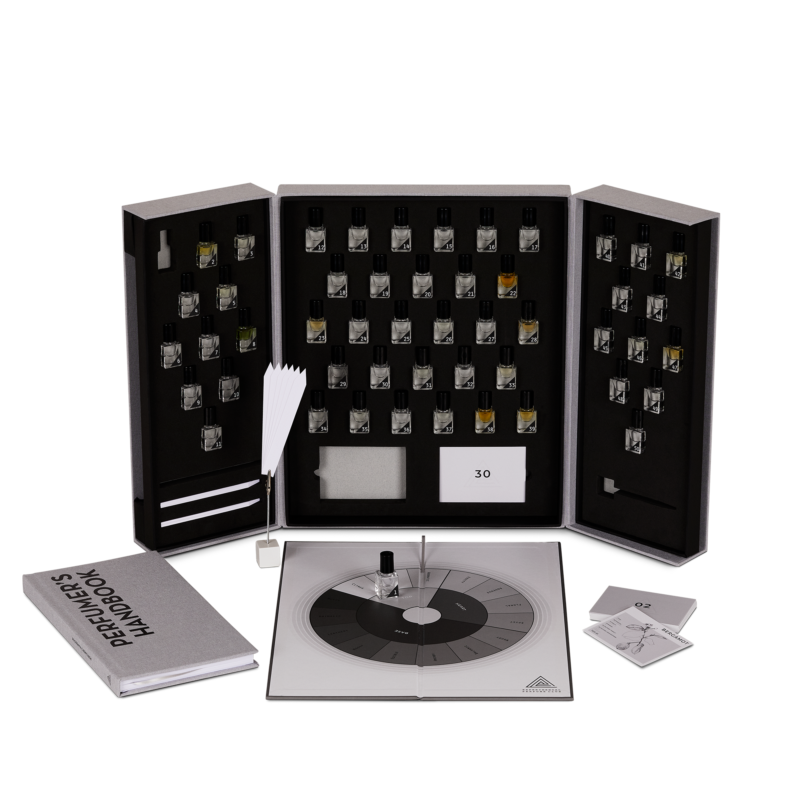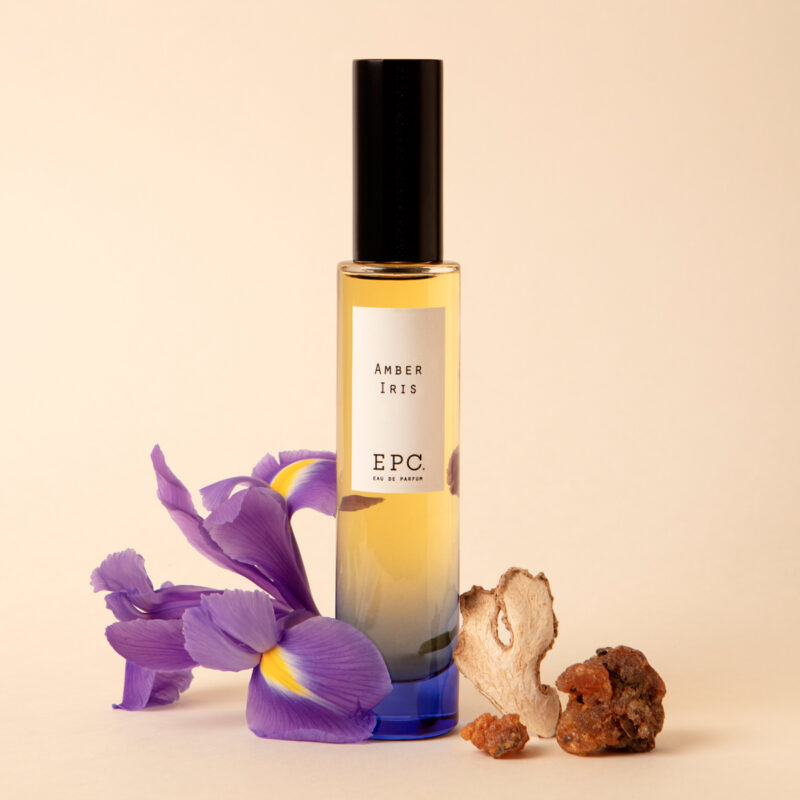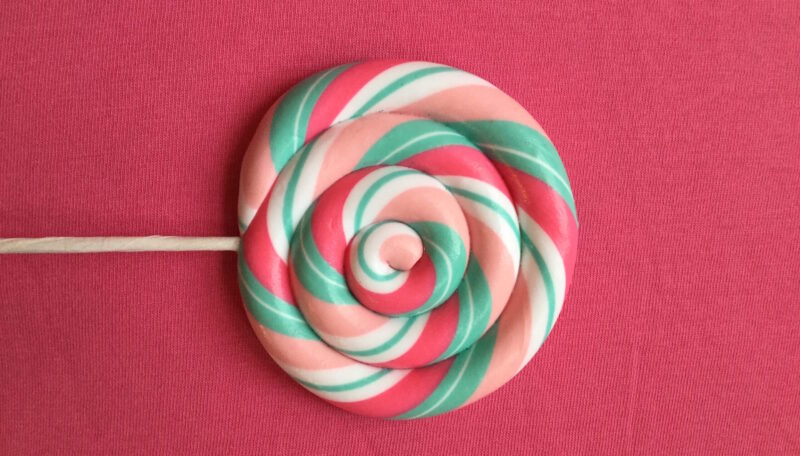One of the most widely used perfumery ingredients and the world’s most popular flavour, it is easy to see why vanilla is in high demand.
The History of Vanilla
Most people’s love of vanilla begins at an early age, perhaps it was from licking a cake bowl clean or from an introduction to ice cream. Either way, its flavour and smell is one that’s almost universally known and has been for a long time.
According to Old Mexican Totonac legend, the beginnings of vanilla can be traced to 13th-century Papantla, known as ‘the city that perfumed the world’, where natives would use ground vanilla beans to treat lung and stomach disorders. The Aztecs and Mayans used it to flavour their cocoa and chocolate products. Mexico remained the largest producer of vanilla until the 19th century.
It wasn’t until the 1520s that it was brought over to Europe by the Spanish conquistador, Hernán Cortés. This was after he delighted in the savoury chocolate and chilli drink, cactuatl, at a feast in a place that is today’s Mexico City.
In the early 1800s, the French tried to ship the climbing vanilla orchids to Mauritius, only to find that they did not pollinate. Fascinatingly, it is only the native Mexican Melipona bee that pollinates these plants successfully. This led to the discovery of the ability to hand-pollinate the plants – a process which is still used in much of Mexico’s production today – and the capacity to cultivate them around the world.
Popular and Expensive
One of the most widely used perfumery ingredients, and the world’s most popular flavour, it is easy to see why vanilla is in high demand.
The process of growing vanilla is an arduous one: a vanilla orchid which can take up to three years to flower needs to be hand-pollinated before the beans are harvested, cured, air-dried and later put through the extraction process.
Grown in temperamental climates, the price has in the past been dictated by tropical cyclones or poor weather. This is why fragrance & flavour companies such as IFF, have invested so heavily in the sustainable harvesting of this ingredient and the communities that rely on the farming of it. Bourbon vanilla beans from Madagascar is renowned as some of the world’s best and became IFF’s first Natural Ethics product with the company supporting more than 350 farmers and their families through pre financing, price premiums and community development projects.
Not Just For Cakes
Due to the high price of production and extraction of natural vanilla, the sweet, cupcake-like scent you smell in most perfumes is actually vanillin and ethyl vanillin (the latter smelling three times stronger).
Vanillin is a chemical compound naturally found in vanilla and is a major contributor to the smell and flavour of vanilla beans. It now accounts for the majority of the use of vanilla within food flavouring. It is, however, only one of 171 aromatic compounds of real vanilla pods, which is why the synthetic stuff can only do so much in recreating the rich and aromatic scent of vanilla.
Perhaps due to its delicious aroma and incomparable flavour, vanilla is one of the most universally loved tastes and smells. One of the flavours that directly translates in breastmilk, premature babies are found to be almost just as calmed by the smell of vanilla as they are by the smell of actual breastmilk. It is rich in antioxidants and has been known to soothe inflammation as well as reducing cholesterol levels in the body. A truly majestic ingredient, for sure.
Often defined by its conventionality – the definition of the word being ordinary, boring, or standard – it should really be seen as far from. Rousing pleasure in both aroma and flavour , perfumers love it for its ability to go from a lip-smacking gourmand to a soft and skin-like scent to a deep, warm, sexy and even animalic note – the duality of vanilla is powerful. A champion of the Oriental family and an aide to the Gourmand (or Edible) family, whether used in a more aromatic or saccharine sense, it adds something transformative to fragrances.
Three Vanilla-like Ingredients
Vanilla Absolute
Nothing will come close to the nuances of vanilla absolute, it has the ability to soothe sharp edges, warm florals and soften cold or icy notes. It is rich, deep and engulfing – an ingredient that’s easy to get lost in. Adding a touch of it to a blend can transform the entire scent. It has darker facets that conjure hints of rum or sticky treacle. There’s also animalic undertones which bring soft, nuzzle-able skin to mind and a kind of comfort only a lovers embrace could evoke. Although expensive, vanilla absolute is a treasured ingredient to many perfumers, bringing a kind of magic to the art form that molecules, such as vanillin and ethyl vanillin, can not rival.
Benzoin
Similar to Tolu balsam or Peru balsam, benzoin is an oil tapped from the Styrax benzoin tree. It has a unique aroma that is evocative of vanilla. It is incredibly warm, smooth and sweet. A wonderful base note in fragrance compositions, it’s often used in the construction of amber accords, alongside patchouli and labdanum. Benzoin has smoky facets which lend themselves well to the production of incense. It also has a gourmand tone, being used amongst other notes to mimic the deeply aromatic nature of vanilla.
Tonka Bean
Tonka beans come from the Dypterix odorata tree, native to South and Central America, its use dates back to the late 19th Century. Its scent actually comes from a compound called coumarin which is present at more than 60% in tonka bean extracts. Coumarin is an ingredient that is widely used in perfumery.
Tonka beans look like shrivelled, black almonds and their smell is not so dissimilar. A kind of sweet, spicy and nutty note, which has a strong almond scent and slightly vanilla-like with smoky undertones of tobacco. It’s an essential ingredient when creating Fougere or Oriental fragrances and is often used in creation of amber accords. Its warm, creamy smoothness sings of vanilla, whilst its sexy underlying smoky, bitterness makes it quite a diverse ingredient.
Discover Vanilla In
Learn more about perfumery
Join our online perfume course
Join today









